Bay leaf has been recognized as a sacred plant for thousands of years - it is an ideal seasoning for many dishes and sophisticated dishes, but it is also famous for its healing properties. In cooking, the bay leaf gives food a specific aroma and makes it tastier and as an added bonus, the bay leaf has a very beneficial effect on human health.
In ancient Hellas and in the Roman Empire bay leaf was considered a sacred plant. It symbolized glory and greatness and was a halo of victory. Bay leaf was planted near the temples dedicated to the god Apollo - the god of the Sun. As is known, he was always depicted with a laurel wreath on his head. The ancient Romans wove laurel wreaths for the winners of various battles and competitions.
In cooking, the correct use of bay leaf spice requires that before you drop the bay leaves into a soup or dish, you must rub them together. This way, their healing properties and aroma will be enhanced.
Growing bay leaf
The homeland of the so-called bay laurel tree are the countries of the Mediterranean. Fragrant bay leaves are actually the leaves of several species of trees from the Lauraceae family. These plants reach a height of 12 meters and a crown diameter of about 9 meters. Cultivated species are significantly smaller. Bay leaves are mostly pointed, thick, fleshy and dark green in color. The trees from which the bay leaf is harvested bloom in late spring and early summer with pale yellow flowers that are delicate and star-shaped. The fruit of the bay tree are small, round, have a red color and turn black at the end of autumn.
Types of bay leaf
Nowadays, mainly four types of trees are grown, from which bay leaves are extracted. The Mediterranean bay leaf or bay leaf (Laurus nobilis), once dried, is used as a wonderful seasoning for soups, stews, pâtés and pickles in a variety of Mediterranean cuisine dishes. California bay leaf (Umbellularia californica) is also known as Oregon myrtle. It resembles the Mediterranean bay leaf, but has a richer taste.
Indian bay leaf (Cinnamomum tejpata) is also called tejpat(a). It has a cinnamon-like smell and taste, but is a significantly weaker spice. In fact, the Indian bay leaf resembles the smell and taste of Chinese cinnamon (cassia), which predetermines its specific culinary use. This subdivision is only called bay leaf and although it is in the same family as the laurel, it actually belongs to a different genus.
Indonesian bay leaf (Syzygium polyanthum) is also known as daun salam. It belongs to the Myrtaceae family. In Europe and the West, this subdivision of laurel trees is not widely used, being used mainly in Indonesia and Malaysia. These bay leaves can be used dried or fresh, and are an excellent seasoning for meat and sometimes vegetables. This type of bay leaf has a weaker aroma and quite a different smell than the others. The heat treatment of dishes seasoned with Indonesian bay leaf is mandatory, because only then does it release its aroma.
Laurel trees grow best in moderate latitudes. It is important that the place where the trees grow is protected and that the soil is well drained. Laurel plants are propagated by cuttings in the summer or by seeds in the fall.
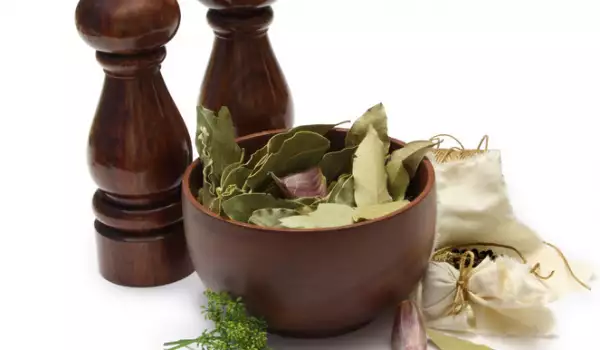
Composition of the bay leaf
Even in ancient times, the leaves of the fruits of bay trees were used to fight various diseases. Nowadays, the bay leaf is one of the most available medicines. Bay leaves contain aromatic essential oil. It includes almost 50% cineole and about 65 different useful components, including rutin.
Thanks to the aromatic volatile compounds, bay leaf has phytoncide properties and helps purify the air. It is rich in phytoncides, contains many trace elements, tannins, removes slags from the body, increases immunity. Among the minerals contained in the bay leaf are manganese, calcium, potassium, phosphorus, magnesium, iron, sodium and zinc.
Bay leaf in cooking
Dried bay leaf is one of the most used spices in cooking. The correct use of bay leaves requires that they be rubbed into each other before adding them to dishes. This way, in addition to the aroma, the medicinal properties are also enhanced. When preparing the dishes, bay leaf is added about 5-10 minutes before the end of the heat treatment. Keep in mind that if it stays in the food for a long time, it gives it a slightly unpleasant and bitter taste.
Use the bay leaf in dishes with a more savory flavor - beef, fish, game. It is also put in many pickles and stews with soups are flavored with it. It goes best with garlic, onion, vinegar, juniper, allspice, wine, soup roots.

Benefits of the bay leaf
Bay leaf has the ability to stimulate the digestive system, protecting the liver and preventing gas. A decoction prepared from a bay leaf promotes the removal of kidney stones, helps with intestinal spasms, awakens the appetite and normalizes the functions of the stomach. If bay leaf is mixed with corn oil, this consistency can be used for an ointment that is rubbed into the skin for arthritis, myositis and neuralgia and with vinegar and honey, bay leaf helps with rheumatism and joint pain.
Bay leaf helps with sinusitis by making breathing easier. It is recommended to drop one drop of bay leaf oil into the nose. You can prepare this oil yourself by cutting 30 g of leaves into small pieces, which you pour in a glass of vegetable oil. This mixture should stand for 5 days, after which it is filtered and used. If you suffer from an upset stomach, you can apply the following recipe, which has an astringent effect and provokes constipation. Take about 15 leaves of bay leaf, pour them with 2.5 cups of water, let them boil and keep them like that for 5 minutes. Then pour the liquid into a thermos and let it stand for 4-5 hours. Strain and drink 1 tablespoon during the day.
Bay leaf tea also helps against a dry cough when drunk in the evening before going to bed. Bay leaf is a known immune booster. Its volatile oils have antimicrobial and anti-inflammatory effects. An additional quality of the bay leaf is that it relaxes colon spasms. Its tannins have recently been found to lower blood sugar and act against diabetes.
For arthrosis - coxarthrosis, gonarthrosis, it is good to apply an oil extract of bay leaf. It is prepared by chopping 10-15 grams of bay leaves, to which you add 50 milliliters of oil. The bay mixture is left to stand like this for 1 week in a dark and cool place. This extract is applied to the affected joint in the evening, wrapped with a piece of wool and left overnight.
The bay leaf also helps in preparing the body for pregnancy. This is due to the high levels of folic acid, which protects the fetus from defects. Folic acid and folic acid supplements are extremely helpful in the 3 months before conception and 3 months after.
Bay leaf has healing properties for colds and flu. A decoction of the spice helps with respiratory disorders and infections. It relieves cough and reduces high fever.
It is believed that the bay leaf contains a combination of unique compounds that protect the body from the harmful effects of free radicals, which are responsible for the development of a number of serious diseases, including cancer. There is evidence that the parthenolide in bay leaf limits the risk of cervical cancer.
One of the best-known benefits of the bay leaf is its natural calming effect. It reduces the level of stress hormones in the blood, relieves anxiety, restlessness and helps relieve stress even on busier days. It is taken before bedtime, since it helps you to fall asleep faster and improves the quality of sleep.

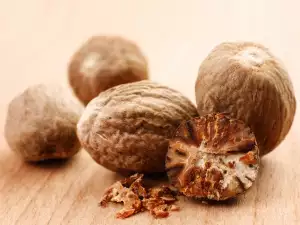


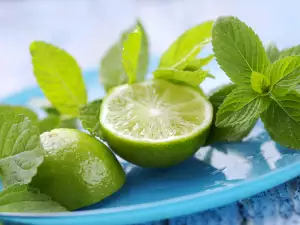


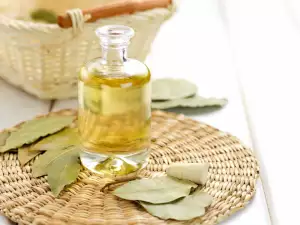
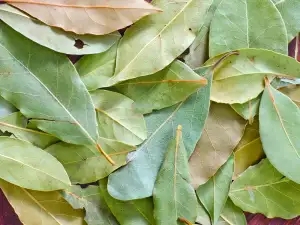
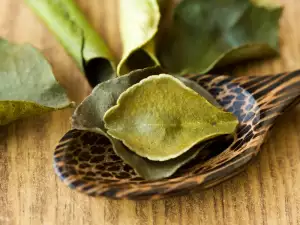

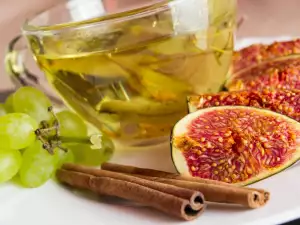

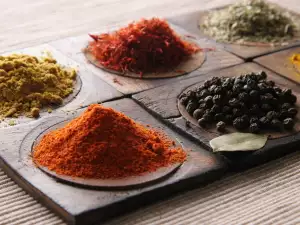





Comments